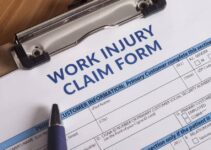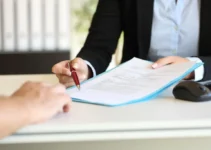Accidents are an unfortunate reality of life, and slip and fall incidents are among the most common. While they might seem minor, these accidents can result in significant injuries and financial burdens. Understanding the nuances of accident claims is essential to ensure you receive the compensation you deserve.
Introduction: Understanding Slip and Fall Accident Claims

Source: forbes.com
Accidents can strike without warning, leaving us shaken physically, emotionally, and financially. Among the most prevalent accidents are slips and falls, seemingly innocuous incidents that can lead to life-altering consequences. While the term “slip and fall” might conjure images of minor tumbles, the aftermath can often be far more serious. Broken bones, spinal injuries, and head trauma are just a few potential outcomes.
Importance of Documentation: Photos, Witnesses, Incident Details
Imagine you’re strolling through a shopping mall when suddenly, you slip on a wet floor. You manage to break your fall, but the impact leaves you with a sprained wrist and aching back. In such situations, it’s common for embarrassment and shock to cloud your judgment. However, the steps you take immediately following the accident can significantly impact your ability to seek compensation.
Photographic evidence can be a game-changer. In the age of smartphones, capturing the scene of an accident has never been easier. Take pictures of the hazardous condition that caused your fall – whether it’s a spilled liquid, a broken step, or uneven flooring. These images can serve as a powerful visual record, providing tangible proof of the dangerous situation.
Liability Factors: Property Owner Responsibility, Negligence, Hazard Awareness
Central to any slip and fall claim is the concept of liability. This refers to the legal responsibility for the accident. Property owners, whether of commercial or residential premises, have a duty to maintain a safe environment for visitors. This duty, known as the duty of care, means they must take reasonable steps to prevent hazards that could cause harm.
Negligence is a key element in slip-and-fall cases. To prove negligence, you must establish that the property owner breached their duty of care. For instance, if a store manager knew about a leaky ceiling but failed to fix it or put up warnings, that could be considered negligence.
Establishing that the property owner knew or should have known about the hazardous condition is crucial. This brings up the concept of “constructive knowledge,” meaning they should have been aware of the danger through regular maintenance or a history of similar incidents.
Seeking Medical Attention: Immediate Care, Documentation of Injuries
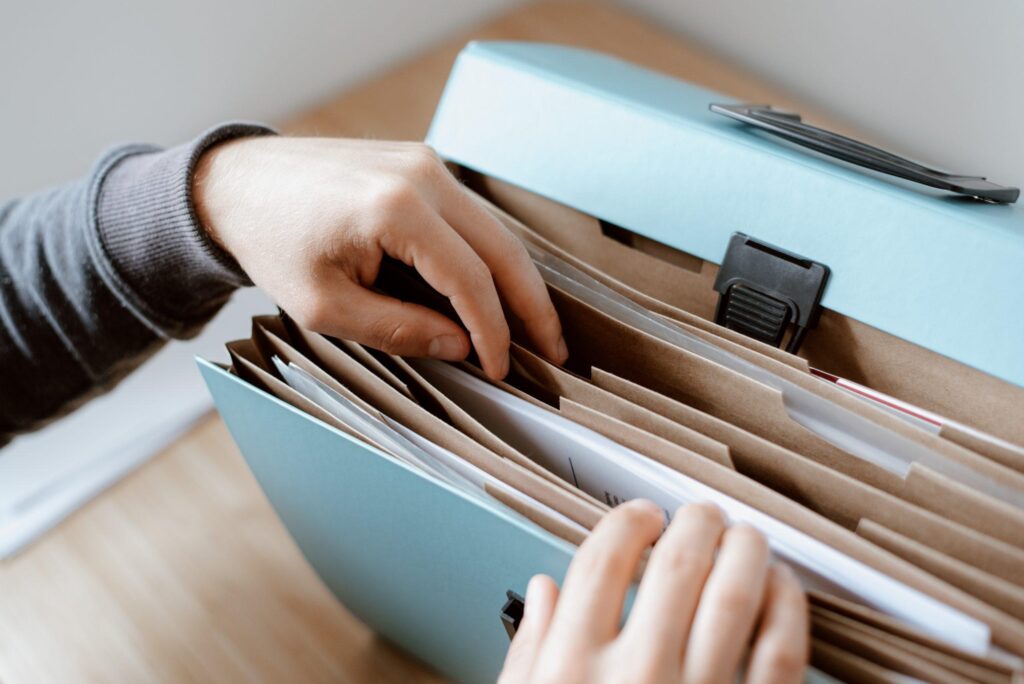
Source: pricebenowitz.com
In the aftermath of a slip and fall, your health should take precedence. Even if you feel relatively fine, it’s crucial to seek immediate medical attention. Some injuries, especially soft tissue damage or internal injuries, might not manifest symptoms immediately. By getting checked by a medical professional, you not only safeguard your well-being but also establish a direct link between the accident and your injuries.
Legal Timelines: Statute of Limitations, Filing a Timely Claim
Time is a factor that cannot be underestimated in slip and fall cases. Every jurisdiction has a statute of limitations – a timeframe within which you must file a claim. Missing this deadline can result in the forfeiture of your right to compensation. Therefore, it’s imperative to act swiftly and begin the claims process as soon as possible.
However, rushing into the process without proper preparation can also be detrimental. Before filing your claim, ensure you’ve gathered all necessary evidence, consulted medical professionals, and considered the extent of your damages. This balance between acting quickly and being thorough is critical to a successful claim. For more guidance and support throughout this process, you may find valuable resources at calillaw.com.
Gathering Evidence: Surveillance Footage, Maintenance Records, Conditions
Solid evidence significantly strengthens your case. Surveillance footage, if available, can provide a clear picture of how the accident transpired. Maintenance records indicating a lack of upkeep can demonstrate negligence. Detailed descriptions of the accident scene, such as lighting, flooring condition, and any warning signs, further support your claim.
Establishing Negligence: Duty of Care, Breach, Causation, Damages
Proving negligence is at the heart of any claim. The legal process requires establishing four key elements:
Duty of Care: This is the responsibility the property owner has to ensure your safety on their premises.
Breach: To prove negligence, you must demonstrate that the property owner breached their duty of care. This means they failed to take reasonable steps to prevent hazards.
Causation: You need to establish a direct link between the hazardous condition and your fall. This is where the evidence you’ve gathered comes into play.
Damages: Finally, you must show that you suffered damages – physical, financial, or emotional – as a result of the accident.
Role of Compensation: Medical Costs, Lost Wages, Pain, and Suffering
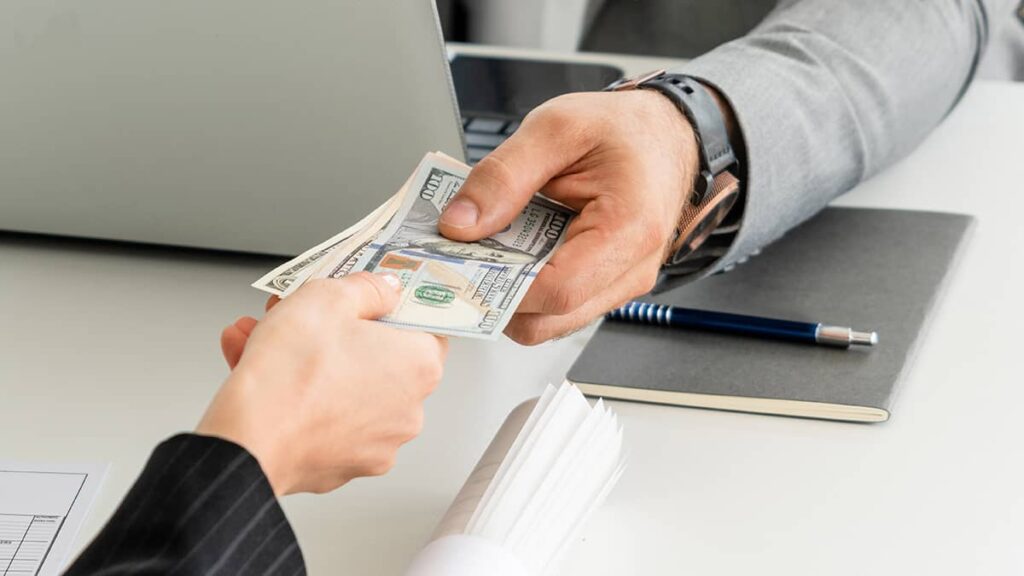
Source: patriotsoftware.com
Compensation aims to alleviate the financial and emotional toll of accidents. Medical expenses, including current and future costs, are recoverable. Lost wages due to missed work during recovery should also be factored in. Moreover, the pain and suffering endured as a result of the accident are also considered for compensation.
Insurance Negotiations: Dealing with Adjusters, Ensuring Fair Offers
Insurance companies often handle compensation. While adjusters might seem helpful, remember their priority is minimizing payouts. Be cautious during conversations and provide only necessary information. It’s wise to consult with legal experts before accepting any settlement to ensure you receive a fair offer.
When to Consult an Attorney: Complex Cases, Legal Guidance Benefits
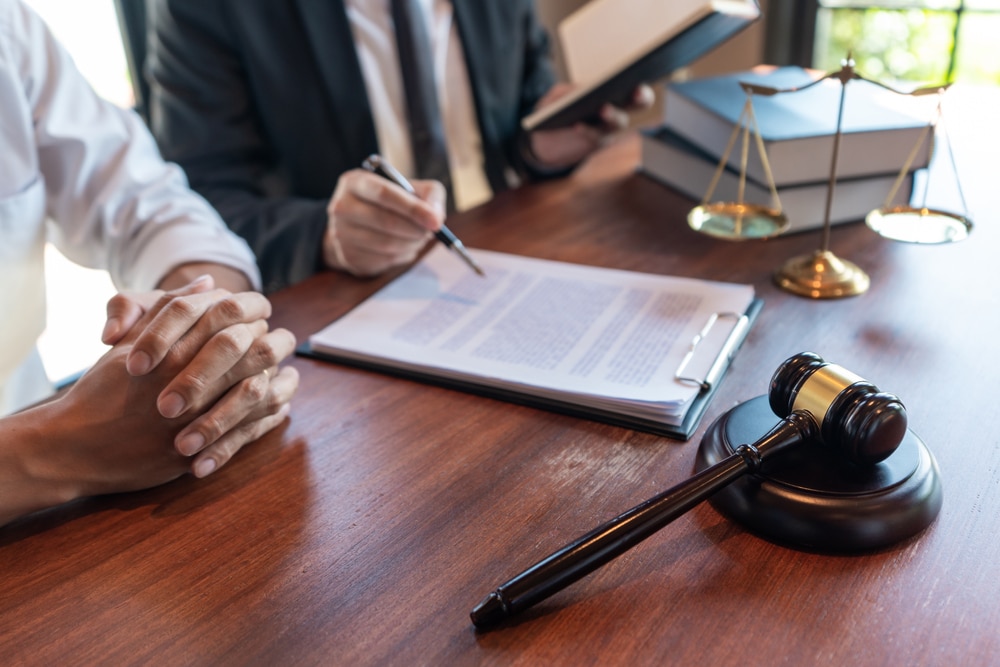
Source: medmalfirm.com
In intricate cases, seeking legal representation is advisable. Attorneys specializing in these cases bring expertise to navigate complex legal processes. Their knowledge ensures you comprehend your rights, the potential value of your claim, and the steps to take for the best outcome.
Conclusion: Empowering Your Compensation Pursuit
Navigating the aftermath of a slip and fall accident can be daunting, but armed with the right knowledge, you can confidently pursue the compensation you deserve. Swift and comprehensive documentation, understanding liability factors, and seeking timely medical care are crucial steps. Remember, the legal timeline is finite, and evidence plays a pivotal role in establishing negligence. Compensation covers various aspects, including medical costs and pain and suffering. Engaging with insurance companies cautiously and seeking legal advice when necessary ensures a fair resolution.


